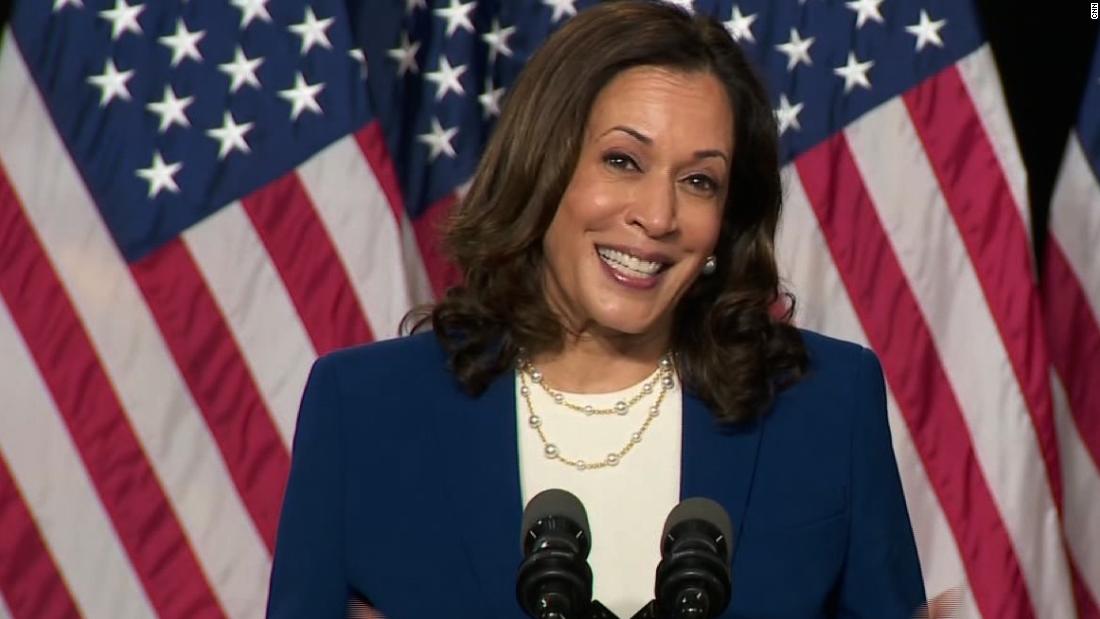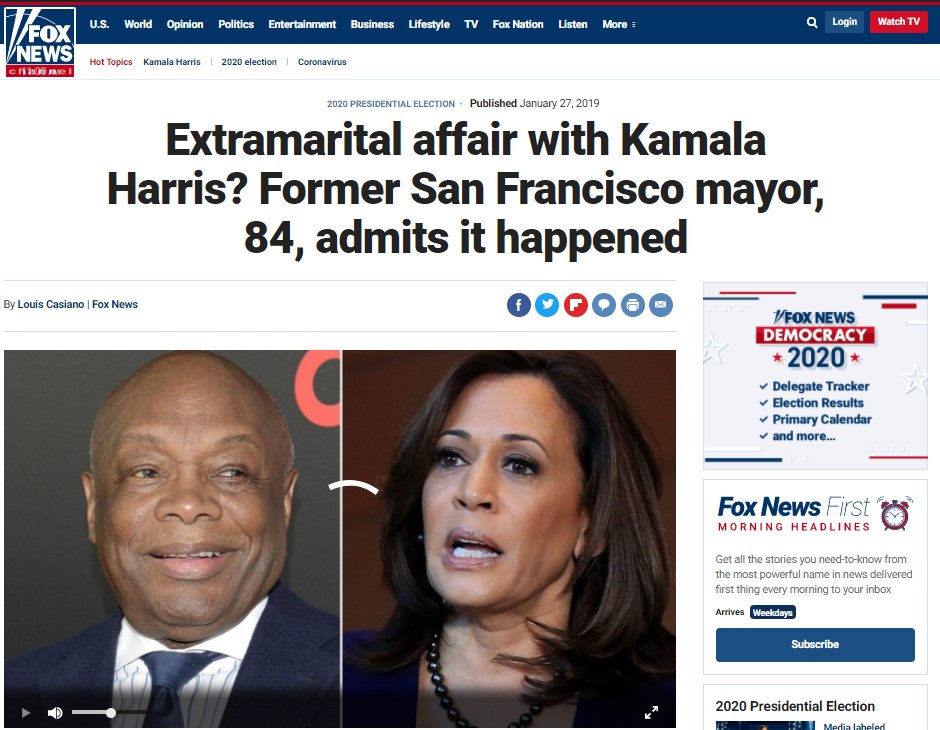Make Kamala Indian Again: A Deep Dive Into Identity, Politics, And Cultural Roots
When Kamala Harris stepped onto the global stage as the first woman, first Black, and first South Asian Vice President of the United States, her identity became a topic of intense discussion. The phrase "Make Kamala Indian Again" has sparked curiosity, debates, and even some controversy. But what does it really mean? Is it about reconnecting with her Indian roots, or is it a political statement?
Let’s break it down. Kamala Harris is no stranger to headlines, but this particular phrase has struck a nerve among those who care about identity, heritage, and representation. It’s not just about her personal journey—it’s about how cultural identity shapes our understanding of leadership, belonging, and community.
Before we dive deep, let’s clarify: this isn’t about forcing anyone to choose sides. It’s about exploring the complexities of identity, especially for someone like Kamala, who carries multiple layers of heritage. So, buckle up, because we’re about to unravel the story behind "Make Kamala Indian Again" and why it matters.
Read also:Noreaga 2023 The Ultimate Guide To Understanding His Rise Style And Legacy
Who Is Kamala Harris? A Brief Bio
Before we get into the meat of things, let’s talk about Kamala herself. Born on October 20, 1964, in Oakland, California, Kamala Harris is the daughter of two immigrant parents: Dr. Shyamala Gopalan, an Indian cancer researcher, and Donald Harris, a Jamaican-born economist. Her childhood was steeped in activism, thanks to her mother’s involvement in civil rights movements.
Here’s a quick snapshot of her life:
| Full Name | Kamala Devi Harris |
|---|---|
| Date of Birth | October 20, 1964 |
| Place of Birth | Oakland, California, USA |
| Parents | Shyamala Gopalan (Indian) and Donald Harris (Jamaican) |
| Education | Howard University, University of California, Hastings College of the Law |
| Political Career | California Attorney General, U.S. Senator, Vice President of the United States |
Understanding the Phrase: What Does "Make Kamala Indian Again" Mean?
At first glance, the phrase might seem straightforward, but it’s loaded with meaning. For some, it’s about celebrating Kamala’s Indian heritage and urging her to embrace it more openly. For others, it’s a critique of how she’s navigated her identity in the public eye.
Here’s the deal: Kamala Harris has often been criticized for not leaning into her Indian roots as much as her Black identity. While she’s proud of both sides of her heritage, the focus on her African American background has led some to feel that her Indian side has been overshadowed.
So, what does "Make Kamala Indian Again" really mean? It’s a call to action—to remind her, and the world, that her Indian roots are just as important as any other part of her identity.
Why Identity Matters in Politics
In today’s political climate, identity plays a huge role. Kamala Harris isn’t just a politician; she’s a symbol of diversity and representation. Her journey from a little girl in Oakland to the White House has inspired millions, but it’s also come with its fair share of scrutiny.
Read also:Eleana Bartel The Rising Star Redefining The Music Industry
- Representation matters: Kamala’s presence in high office sends a powerful message to young girls and women of color around the world.
- Cultural duality: Being biracial means balancing two identities, and Kamala has done that with grace—but not without challenges.
- Global perspective: Her Indian heritage connects her to a massive global community, one that’s eager to see her embrace it fully.
It’s not just about her—it’s about the millions of people who see themselves in her story.
Kamala’s Indian Roots: A Closer Look
Dr. Shyamala Gopalan, Kamala’s mother, was a trailblazer in her own right. She immigrated to the United States in the 1950s to pursue a Ph.D. in nutrition and endocrinology. Her work in cancer research earned her international acclaim, and her activism inspired her daughters, Kamala and Maya, from a young age.
Growing up, Kamala was surrounded by Indian culture, language, and traditions. She attended Hindu temples, celebrated Diwali, and even wore traditional Indian clothing. But as she grew older, her public persona began to shift, focusing more on her African American heritage.
Why the shift? Some argue it’s strategic. In American politics, Black identity often carries more weight, especially in a country where racial justice is a central issue. Others believe it’s simply a reflection of her personal journey.
How Kamala Embraces Her Indian Heritage
Despite the criticism, Kamala hasn’t ignored her Indian roots. In fact, she’s made several gestures to honor them:
- Wearing Indian outfits during public appearances.
- Speaking Hindi during interviews and events.
- Highlighting her mother’s legacy in speeches and campaigns.
But for many, these moments feel like they’re not enough. The question remains: how can Kamala fully embrace her Indian heritage without losing the authenticity of her other identities?
The Role of Media: How "Make Kamala Indian Again" Got Traction
The media plays a huge role in shaping public perception, and the phrase "Make Kamala Indian Again" is no exception. Social media platforms like Twitter and Instagram have been buzzing with discussions about Kamala’s identity, with users sharing memes, videos, and opinions.
Some posts are lighthearted, celebrating Kamala’s multicultural background. Others are more serious, questioning why her Indian side seems to take a backseat. The hashtag #MakeKamalaIndianAgain has gained traction, sparking conversations about representation, authenticity, and belonging.
But here’s the thing: the media can be a double-edged sword. While it amplifies important discussions, it can also oversimplify complex issues. Kamala’s identity isn’t something that can be neatly packaged—it’s messy, layered, and deeply personal.
Why the Media Loves Controversy
Let’s face it: controversy sells. The media thrives on drama, and Kamala’s identity is a goldmine for headlines. But it’s important to remember that the narrative isn’t always accurate—or fair.
For example, some articles have criticized Kamala for not speaking Hindi fluently or not wearing Indian outfits more often. While these critiques might seem valid, they ignore the bigger picture: Kamala is a product of two cultures, and her identity is hers to define.
Global Perspectives: What India Thinks
In India, Kamala Harris is a household name. Her rise to power has been celebrated by millions, who see her as a symbol of hope and progress. But not everyone is on board with the "Make Kamala Indian Again" movement.
Some Indians feel proud of Kamala’s achievements and her connection to their culture. Others believe she should focus more on her American identity, as that’s where her political power lies. And then there are those who think the whole debate is unnecessary—after all, identity isn’t something that can be forced.
What do the stats say? According to a 2021 survey by the Pew Research Center, 71% of Indians view Kamala Harris positively. However, opinions vary widely depending on age, education, and political affiliation.
Breaking Down the Numbers
Here are some key findings from the survey:
- Younger Indians (ages 18-29) are more likely to view Kamala positively than older generations.
- Indians with higher education levels are more likely to see her as a role model.
- Political affiliation plays a role, with supporters of the ruling BJP party showing slightly less enthusiasm than those of opposition parties.
These numbers paint a complex picture of how Kamala is perceived in India—and why the "Make Kamala Indian Again" movement resonates with some but not others.
The Politics of Identity: Why It Matters
In today’s world, identity is more than just a personal issue—it’s a political one. Kamala Harris’s identity shapes how she’s perceived by voters, allies, and opponents alike. And in a country as diverse as the United States, representation matters more than ever.
For many, Kamala’s journey is a reminder that identity isn’t a zero-sum game. You don’t have to choose between being Indian and being American—you can be both. But that doesn’t mean it’s easy. Navigating multiple identities in a public role comes with its own set of challenges.
So, what can we learn from Kamala’s experience? That identity is personal, fluid, and deeply interconnected with culture, history, and politics.
How Kamala’s Identity Shapes Her Politics
Kamala’s identity influences her approach to issues like immigration, civil rights, and international relations. Her understanding of what it means to be a woman of color in America informs her policies and decisions.
- Immigration reform: As someone with immigrant parents, Kamala understands the importance of creating pathways for legal immigration.
- Racial justice: Her African American heritage gives her a unique perspective on issues like police reform and systemic racism.
- India-U.S. relations: Her Indian roots make her a natural bridge between the two nations, fostering stronger ties and collaboration.
It’s this intersection of identities that makes Kamala such a powerful figure in global politics.
Looking Ahead: What Does the Future Hold?
As Kamala continues her political journey, the question of identity will undoubtedly remain a central theme. Will she embrace her Indian heritage more openly? Or will she continue to focus on her African American roots? Only time will tell.
But one thing is certain: Kamala Harris has already made history, and her legacy will continue to inspire generations to come. Whether you’re rooting for her to "Make Kamala Indian Again" or simply celebrating her achievements, there’s no denying her impact on the world stage.
What Can We Do?
If you’re reading this, you’re probably interested in Kamala’s story—and that’s a good thing. Here’s how you can get involved:
- Learn more about Kamala’s background and the issues she champions.
- Engage in conversations about identity, representation, and diversity.
- Support organizations that promote multiculturalism and inclusivity.
Together, we can create a world where everyone feels seen, heard, and valued.
Conclusion: Identity Is Personal, Not Political
In the end, Kamala Harris’s identity is hers to define. The phrase "Make Kamala Indian Again" might spark debates and discussions, but it’s important to remember that identity isn’t something that can be forced or dictated by others.
What we can do is celebrate Kamala’s achievements, honor her heritage, and support her as she continues to break barriers. Whether you’re Indian, American, or both, Kamala’s story is a reminder that identity is personal, not political—and that’s something worth celebrating.
So, what’s next? Leave a comment, share this article, or dive deeper into Kamala’s journey. The more we talk about identity, the more we can create a world where everyone feels like they belong.
Table of Contents
- Who Is Kamala Harris? A Brief Bio
- Understanding the Phrase: What Does "Make Kamala Indian Again" Mean?
- Why Identity Matters in Politics
- Kamala’s Indian Roots: A Closer Look
- The Role of Media: How "Make Kamala Indian Again" Got Traction
- Global Perspectives: What India Thinks
- The Politics of Identity: Why It Matters
- Looking Ahead: What Does the Future Hold?
- Conclusion: Identity Is Personal, Not Political
Chic X Link Permanent Jewelry: Your Ultimate Guide To Timeless Elegance
Lawanda Lala Lane: The Rising Star You Need To Know About
Raw Restaurant: The Ultimate Guide To A Pure And Healthy Dining Experience

Kamala Harris' Indian roots highlight a historic shift in the US CNN

British Peer Criticized for Calling Kamala Harris ‘the Indian’ The

IndUS Lens on Twitter "He is 84 now and Kamala is 55 they had an